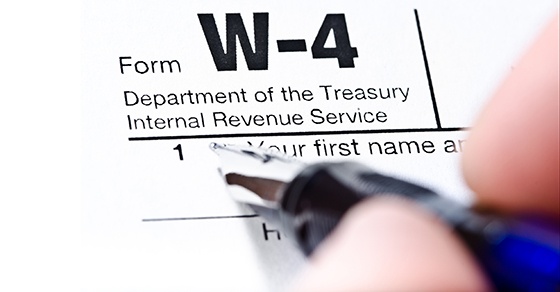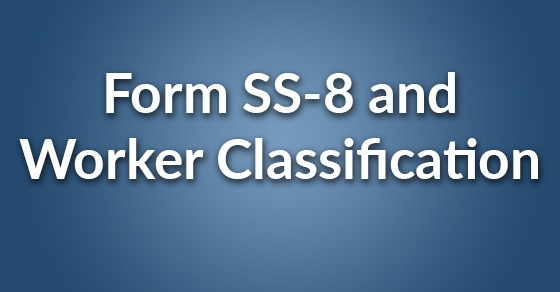Hiring a nanny is an important decision and there are likely many questions going through your mind. Setting hours and understanding how much to pay your nanny is an important part of the process, and there are various terms that are used that you may be confused about. Salary* and guaranteed hours are terms that are often used interchangeably, but in fact, they are completely different. If you’ve wondered what guaranteed hours are, we’ll break it down here for you.










